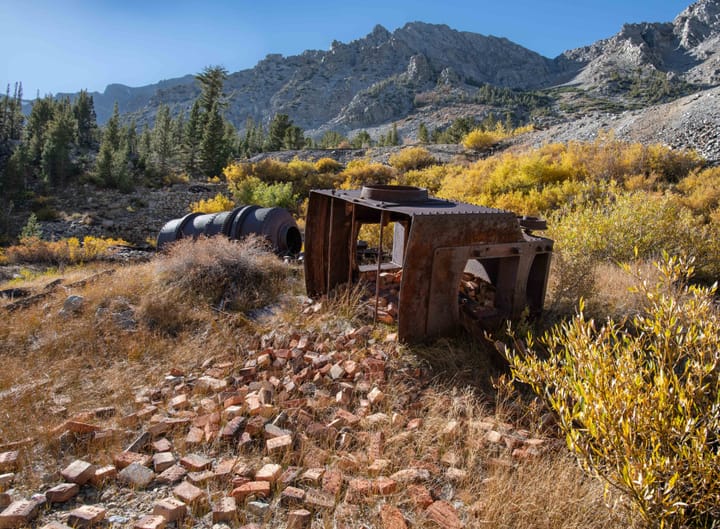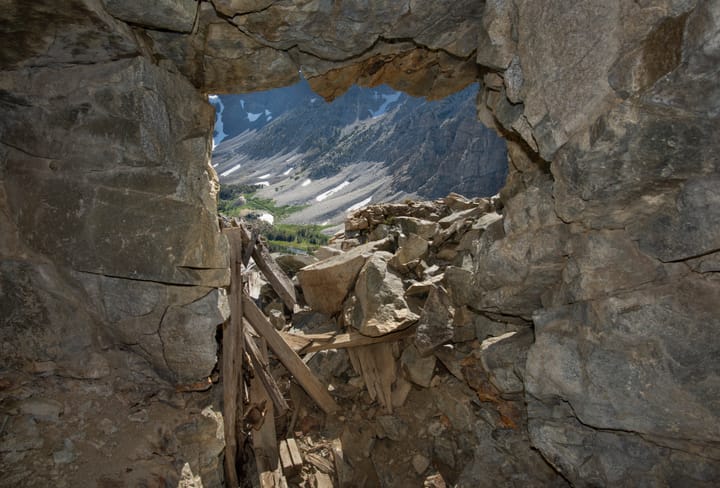Situated at 9,600 ft above Mono Lake, this historic gold mine camp has quite the view. That alone is worth the trip up here.
First located in 1890, it wasn't developed until Jim Simpson acquired the mineral rights in 1910. Some of the original miners snowshoed up from Lee Vining to log cabins on the property, hence the name.
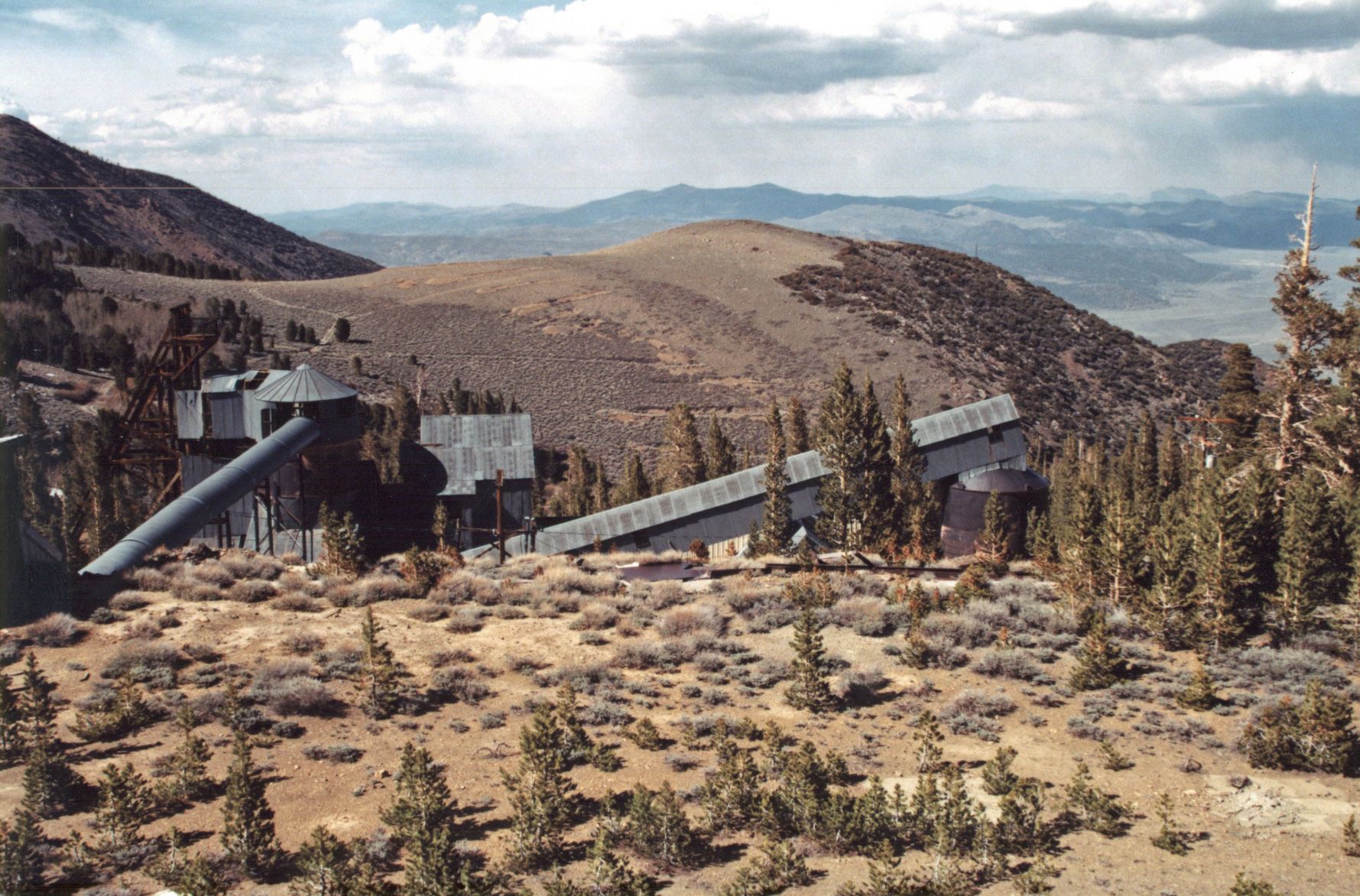
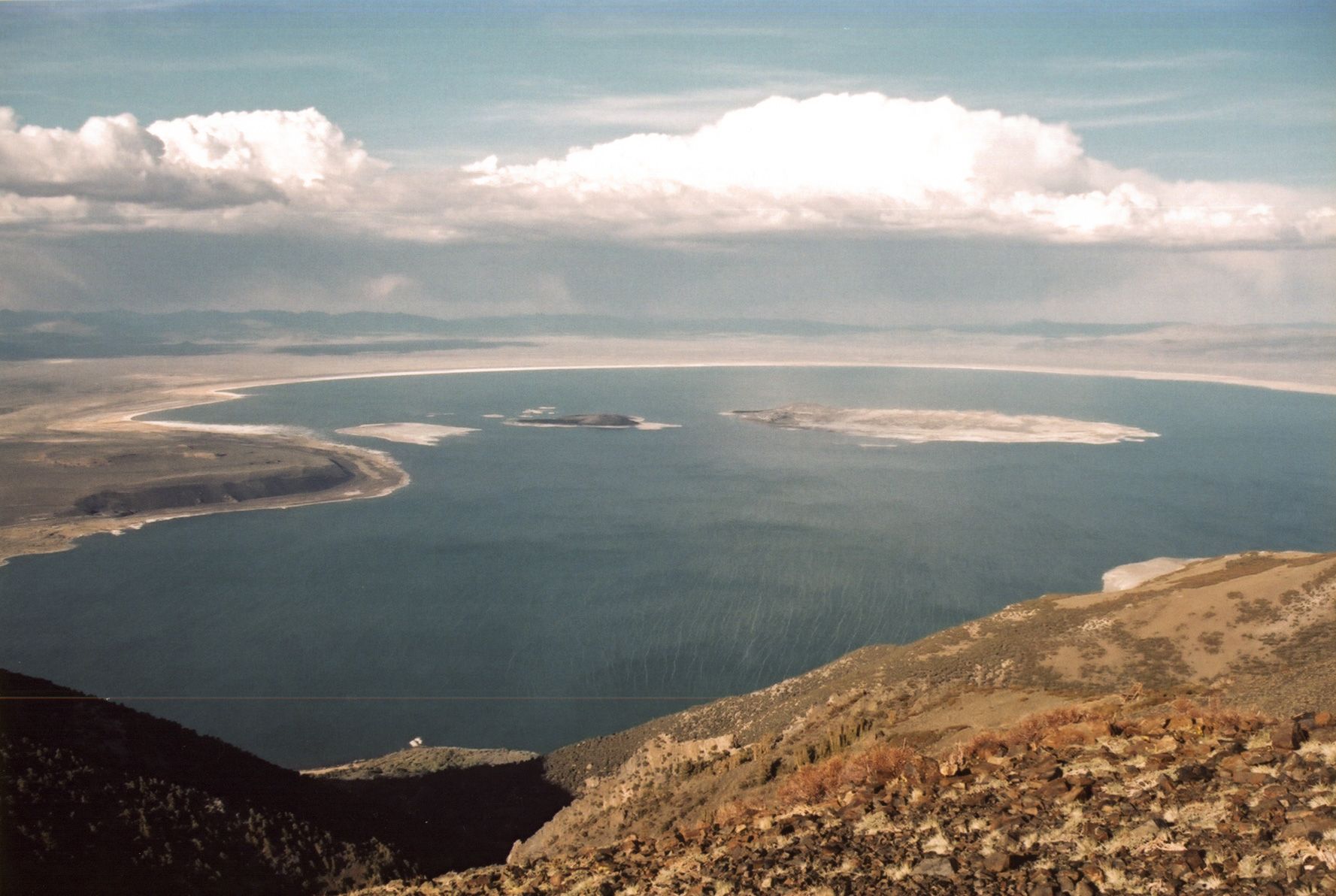
Ore from the mine was first worked in a 10-stamp mill. In the early 1930s, a company in Washington State purchased the mine and had up to forty people working and living on-site over the summer. In 1939, the mine changed hands once again, and a 100-ton floatation plant was installed. However, shortly after, World War II's outbreak closed the mine. After the war, the mine operated intermittently until the 1980s but had little production.
The mine is surprisingly shallow. Even though the mine has four levels of workings, the deepest is only 280 ft down. The mining camp itself consists of a floatation mill, headframe, hoist house, workshops, a sawmill, a meat house, offices, and bunkhouses. It is a fascinating place.
The US Forest Service now owns the property after acquiring it in a complicated three-way land swap.



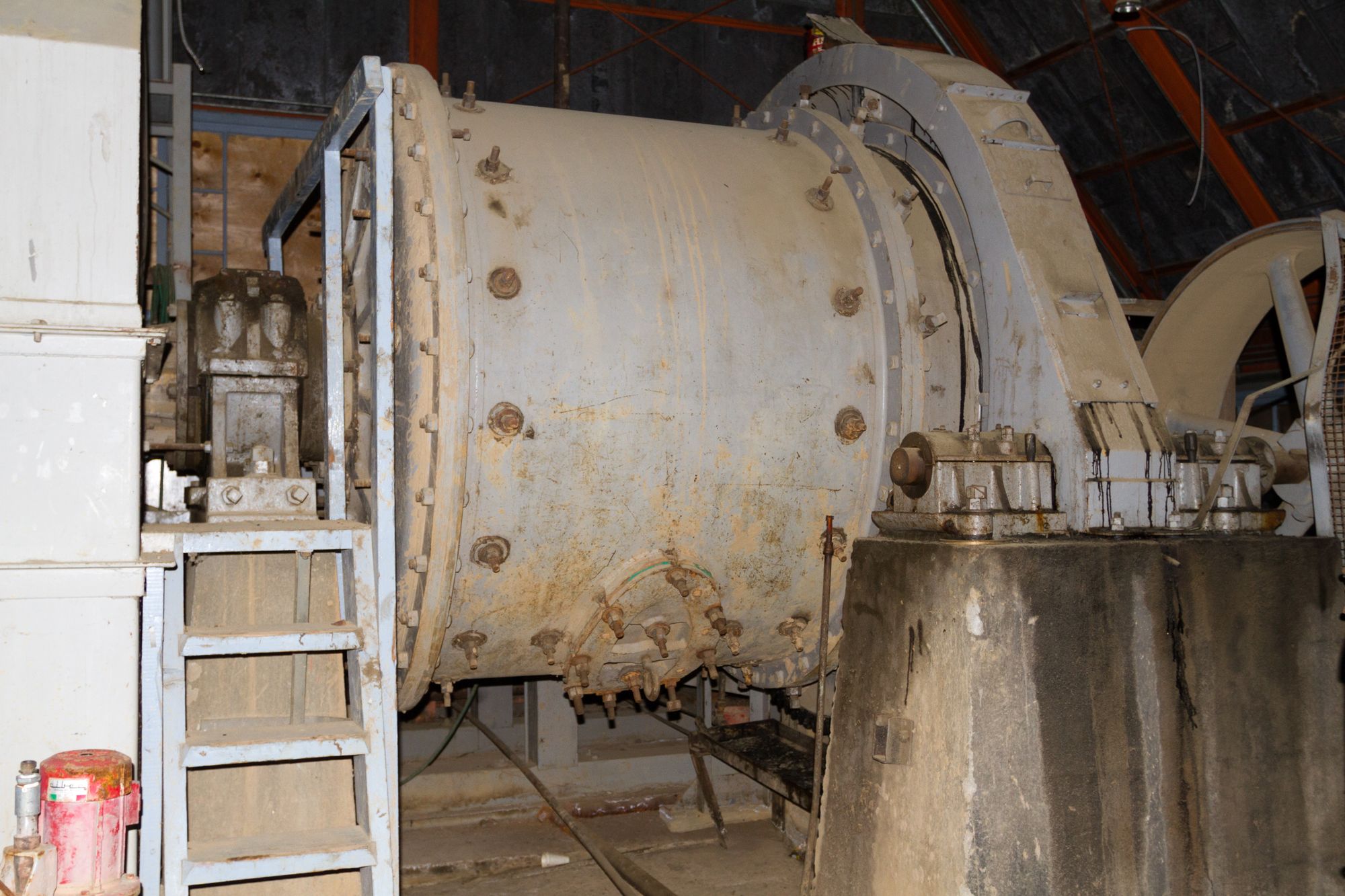
The first set of my photos is from a film camera, and the quality is lacking. The rest of the photos are more recent.
The headframe is slowly falling into the shaft. I doubt it will last too many more winters.
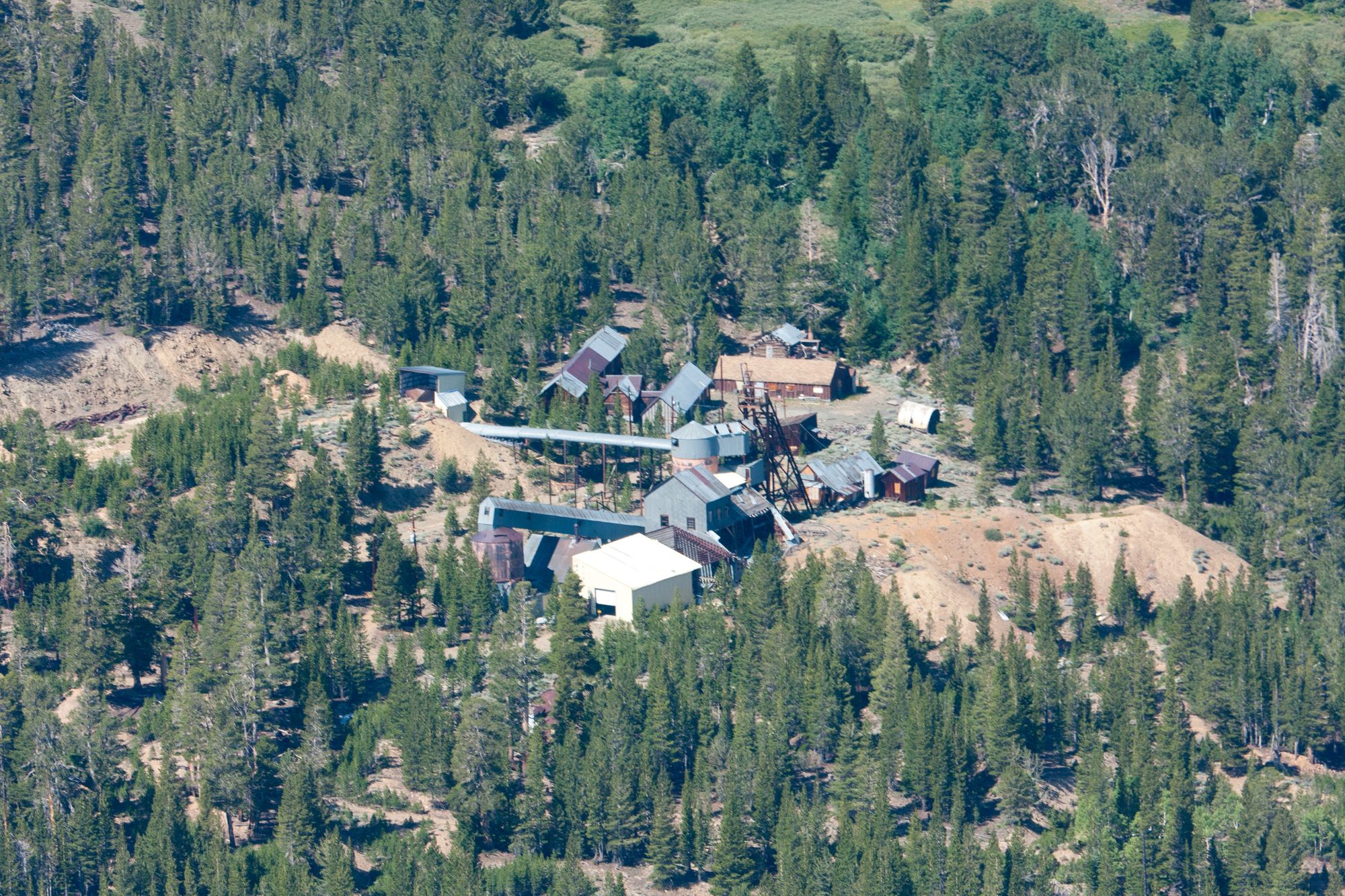
You can read more about this mine and its history in the book “Gold Mine in the Sky” by Frank Cassidy.

